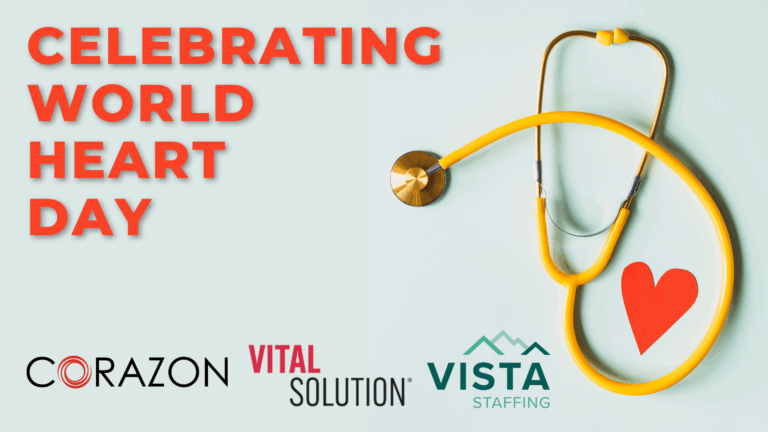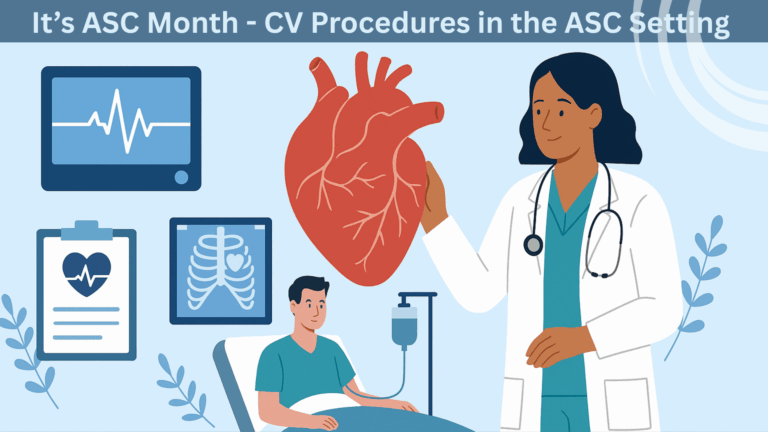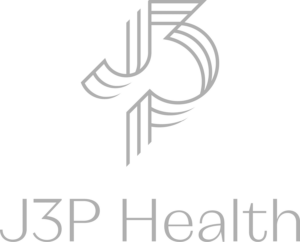With advances in Cardiology procedure technology and the goal of achieving a lower cost of care, there has been a visible shift in procedures from the inpatient to the outpatient settings. Several changes in CMS rulings in the last fifteen years have spurred an increase in office-based laboratories (“OBLs”), including catheterization laboratories and vascular access centers. This has also been occurring in the ASC setting with CMS approving cardiac catheterization related procedures and percutaneous coronary interventions (“PCIs”).
MODELING THE HYBRID SURGERY CENTER
The hybrid business model combines an ASC with an OBL. Recent trends show a shift towards cardiovascular procedures moving more towards this hybrid model. An OBL is a location where the health professional routinely provides examinations, diagnosis, and treatment of illness or injury on an ambulatory basis, whereas an ASC is a freestanding facility, other than a physician’s office, where surgical and diagnostic services are provided on an ambulatory basis. For this reason, the Place of Service Codes are different among ASCs and OBLs.
In the hybrid model, an appropriately equipped facility typically operates as an OBL on certain days of the week and as an ASC on other days. This model allows a broader range of cardiovascular services to be provided in the hybrid facility. Some of the advantages of the hybrid model are discussed below:
- Existing centers that have available capacity for additional procedures may find the Hybrid model especially attractive. A hybrid model can be especially attractive for existing centers that have available capacity for additional procedures. The hybrid model can provide flexibility to operate as an OBL or as an ASC, therefore the facility can provide an increased range of cardiology services and a wider offering of patient care services.
- Cardiologists are presented with increased opportunities for autonomy and control through ownership of OBLs and ASCs as cardiology procedures shift to the outpatient setting. Additionally, physicians may be able to increase practice income through the recovery of facility fees by way of the ASC via equity ownership.
- Both payors and patients are likely to take advantage of the lower cost setting by turning to OBLs and ASCs to receive cardiology services at lower prices.
- From a clinical perspective, ASC and OBL procedures are performed in a safe environment and this access to care has saved many patient lives. From a fiscal perspective, these procedures performed have been cost-effective and saved thousands of dollars for Medicare as well as other payers. In the past, these procedures were performed (and in many cases still are) in a hospital Cath Lab or hospital – based outpatient surgery area at a much higher cost.
Disadvantages of the hybrid model include:
- Under the hybrid model, a facility must ensure the separation of ASC and OBL operations.
- The ASC and the OBL must maintain separate tax identification and national provider identification numbers.
- The operations must remain as distinct entities which involves additional measures. For instance, maintaining separate medical records and communicating to patients the different hours and policies of the ASC and the OBL.
- As for Billing procedures
- In the ASC model, the center bills patients directly for charges related to the use of the center, while the physicians using the facility separately bill their patients for their professional services rendered.
- The OBLs bill a single/global fee that includes both the professional fee for the physician and the fee related to the expense of performing the procedure in the OBL.
- With the differences in billing and coding, hybrid centers will want to ensure that qualified personnel are submitting claims appropriately based on the site of service.
CONCLUSION
As patients seek care in the outpatient setting on a more frequent basis, the hybrid model can provide the ideal setting in which to optimize cardiovascular services. In the hybrid model, the CMS approved cardiovascular services provided in the ASC and the OBL can be scheduled to maximize capacity in the facility. As the hybrid model continues to grow across the country, patients will begin to expect the flexibility of the setting of care in a single location for their cardiovascular health services.
Author: Daniel Quance, Senior Consultant

 company
company 
 (412) 364-8200
(412) 364-8200




























